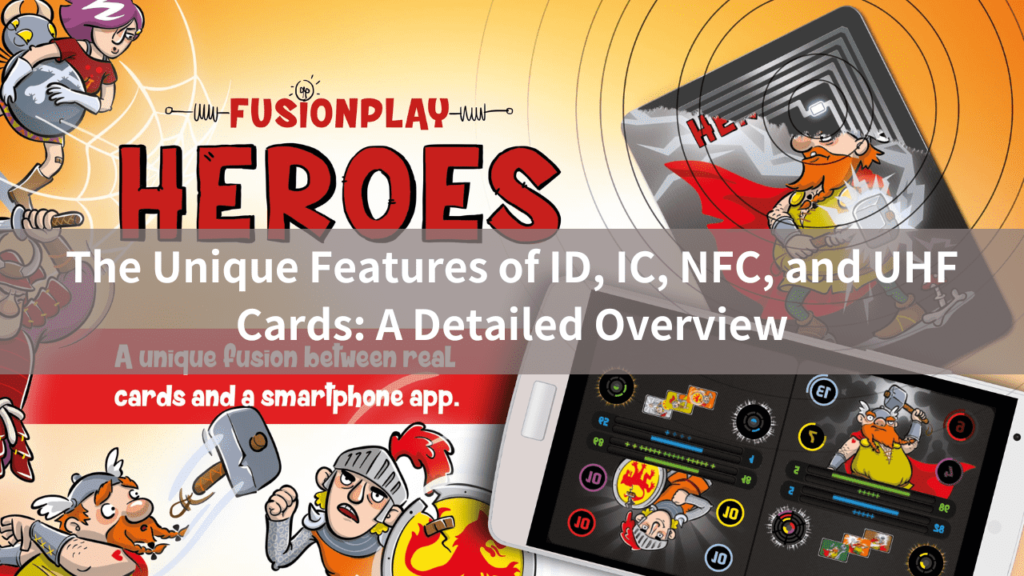The Unique Features of ID, IC, NFC, and UHF Cards: A Detailed Overview

The Unique Features of ID, IC, NFC, and UHF Cards: A Detailed Overvie Are you familiar with RFID smart cards? If you are still relatively unfamiliar, don’t worry, because today we will introduce you to all the knowledge of RFID smart cards in detail. RFID smart cards may sound a bit complicated, but if I mention IC cards or ID cards, you might have some understanding. This is because ID cards and IC cards are the two most common types of RFID smart cards. However, RFID smart cards are not limited to these two types, they also include some other types. Facebook LinkedIn WhatsApp Radio frequency communication standards are an important basis for tag chip design. At present, the communication standards related to RFID mainly include: ISO/IEC18000 standard (covering 125KHz, 134 KHz, 13.56MHz, 433MHz, 860-960MHz, 2.45GHz and other frequency bands, a total of 7 parts), ISO11785 (low frequency), ISO/IEC14443 standard (13.56MHz), ISO/IEC15693 standard (13.56MHz), EPC standards (includ
